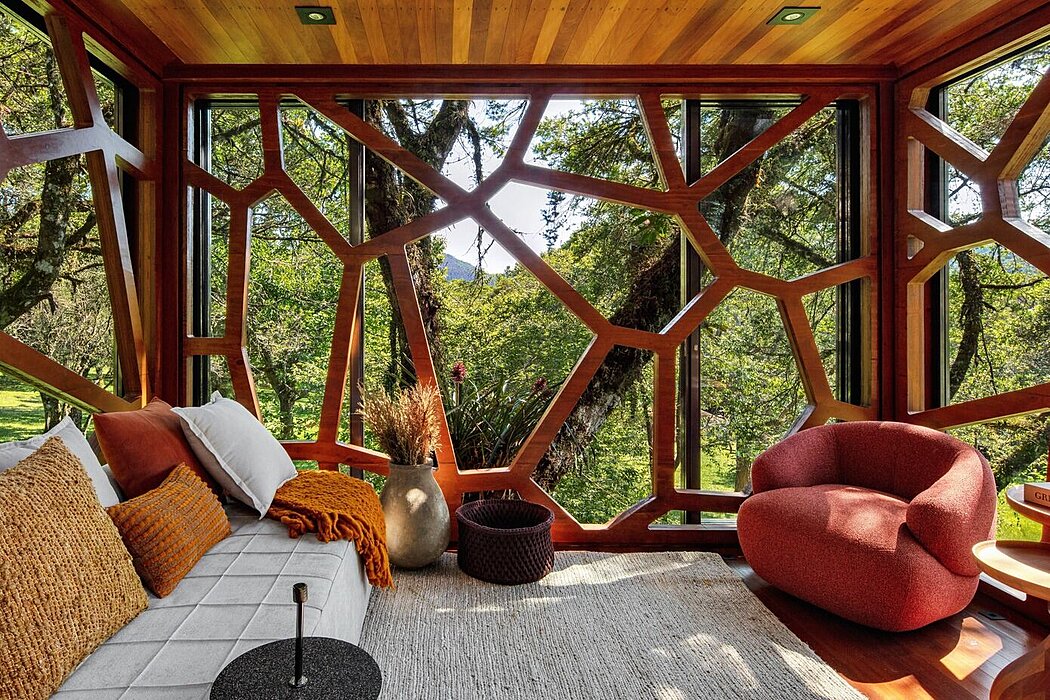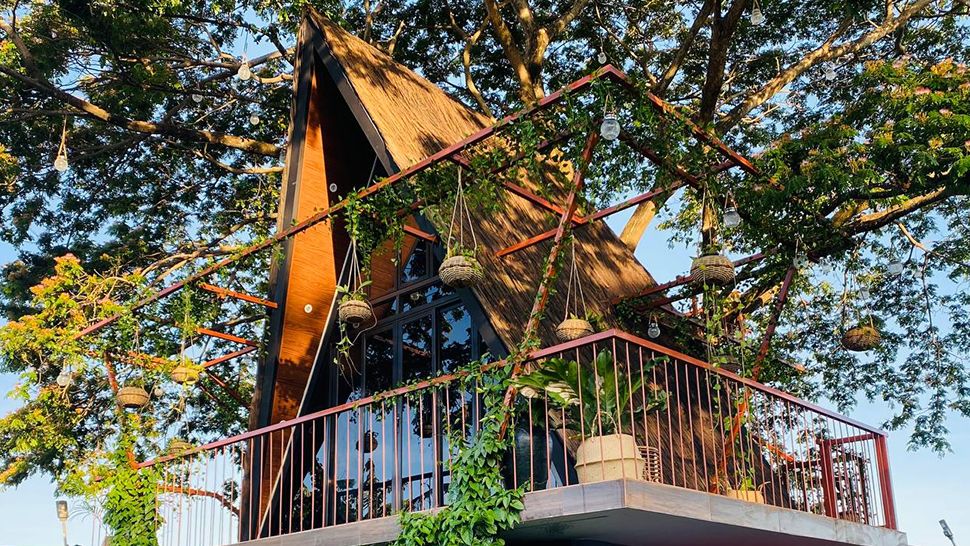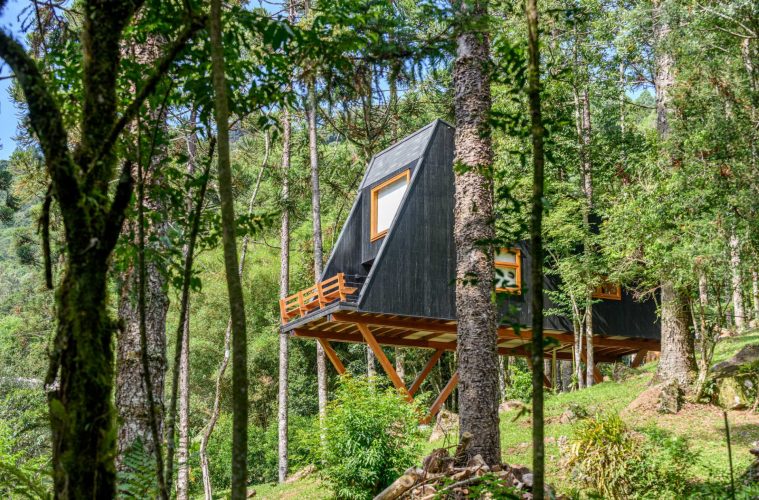If the words ‘tree house’ conjure up images of rickety structures serving as a secret hideout for children, it’s time to update that picture. Tree houses have evolved from childhood fantasies to sophisticated spaces that offer a unique blend of escapism and comfort for adults. With the modern stresses of life, these elevated escapes are sought after for relaxation, entertainment, and even permanent residence. If you are looking for a way to elevate your outdoor space – literally – a tree house may be the answer.
Tree houses are not just for kids
Gone are the days when tree houses were simply makeshift forts built by children and enthusiastic parents. Today, they can serve as serene reading nooks, luxurious guesthouses, or even functional home offices. The appeal lies in the connection to nature and the distinctive experience of living high up among the branches.
The modern tree house is a sophisticated, luxurious space, often complete with electricity, plumbing, and state-of-the-art design. Architects and interior designers are increasingly being commissioned to create tree-house dwellings that are as aesthetically pleasing as they are functional. Far from being an isolated trend, these treetop havens are a reflection of a broader societal yearning for simpler, more meaningful connections with our environment.
The building process
Building a tree house is a unique undertaking that requires thoughtful consideration of various factors. The more complex the design, the more there is to consider.
Location, Location, Location
Choosing the right tree is critical. Hardwoods are typically preferred due to their strength and longevity. The tree should be healthy, mature, and strong enough to withstand the weight of the planned structure.
Structural Integrity
The safety and durability of a tree house largely depend on its design and the materials used. Employing an experienced architect can help ensure that it is both structurally sound and aesthetically pleasing.
Utilities
Modern tree houses often include utilities such as electricity and water. However, running utilities up to a tree can be complex and must be done carefully to ensure both safety and minimal impact on the tree.
Legalities
Before starting your tree-house project, check local building regulations and obtain any necessary permits. Some areas have strict regulations about tree house construction, including height restrictions, limitations on protected trees, and safety standards. It is legal to build a tree house in South Africa, but how it is regulated differs by region.

Pexels
Treehouse design
Sustainability
The essence of a tree house lies in its connection to nature, making sustainability a key consideration in modern designs. Renewable materials such as bamboo, recycled wood, or even living walls of plants can be incorporated to reduce the environmental impact. Energy-efficient lighting, solar panels and composting toilets are other ways to make your treetop abode more eco-friendly.
Open Floor Plans
The constrained space of a tree house makes an open floor plan beneficial, allowing for a more versatile use of space and facilitating natural light and ventilation. Sliding partitions or curtains can be used to divide spaces where needed while keeping the overall feel open and airy.
High-tech Features
Who says tree houses can’t be smart homes?
Modern tree houses incorporate high-tech features such as automated lighting, climate-control systems, and even surround sound for an elevated living experience that becomes a relaxing retreat alongside your home.

Unsplash
Custom Furniture
Given the unique dimensions and angles often found in tree houses, custom furniture is frequently the best way to maximise space. Built-in seating, fold-down tables, and multipurpose storage units can be designed to fit the space perfectly, making the most of limited square footage without compromising on comfort or style. DIY-savvy homeowners will be excited by the possibilities to flex their creativity.
Textural Play
The decor should engage the senses, not just visually but also texturally. Combinations of different materials such as wood, metal, fabric, and stone can provide a rich, sensory experience that takes your tree house from a garden eyesore to a design marvel.
Biophilic Design
This design approach seeks to connect inhabitants more closely with nature. Beyond just windows with views, biophilic design involves the integration of natural elements such as plants, water features, and natural light into architecture and decor. This can enhance well-being, reduce stress, and improve cognitive function, making your time in the tree house even more rejuvenating.
ALSO SEE:
A version of this article was published in the Garden&Home October 2023 print magazine
Feature image: Pexels

